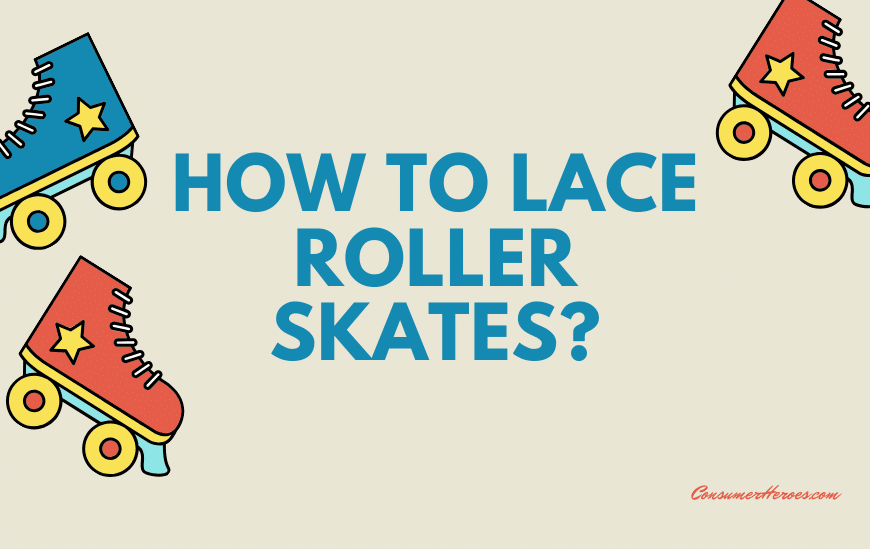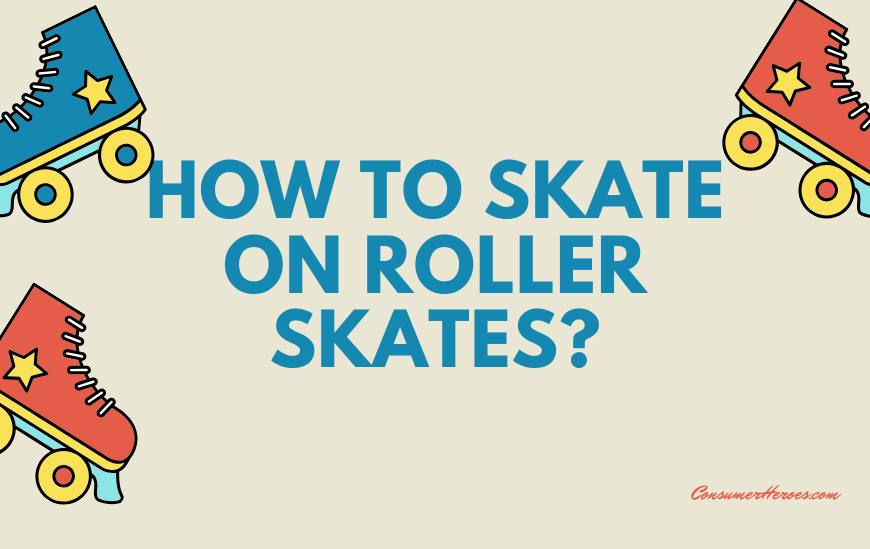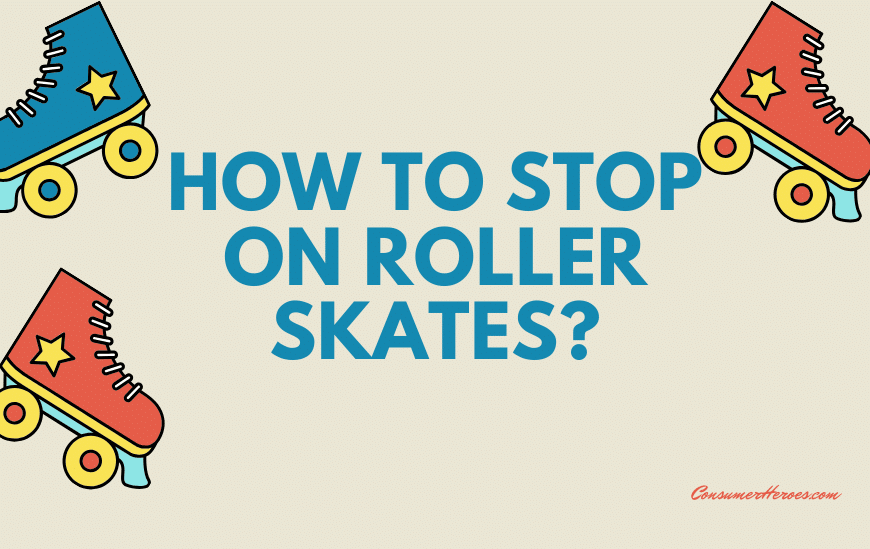Inline skates, also known as rollerblades, are a type of roller skate with wheels arranged in a single line along the bottom of the boot. They were invented in the 1980s and quickly became a popular recreational activity and competitive sport. Inline skating is similar to ice skating or roller skating, but with a smoother ride and greater maneuverability.
Inline skates come in a variety of styles and are designed for different purposes. Some are designed for speed and agility, while others are built for tricks and jumps. Many inline skates are adjustable, allowing users to customize the fit and feel of the boot. They can also be customized with different wheels and bearings to suit different surfaces and skating styles. Overall, inline skates offer a fun and exciting way to stay active and explore the outdoors.
What Are Inline Skates?
Inline skates, also known as rollerblades, are a type of roller skate with wheels arranged in a single line. Unlike traditional roller skates, which have four wheels in a square formation, inline skates have a row of wheels that run parallel to each other. The wheels are usually made of polyurethane and range in size from 72mm to 125mm in diameter.
Inline skates were first invented in the 1980s as a way to simulate ice skating off the ice. They quickly became popular among fitness enthusiasts and athletes as a way to improve balance, coordination, and cardiovascular health. Today, inline skating is a popular recreational activity and a competitive sport.
Inline skates come in a variety of styles, including recreational, fitness, aggressive, and speed. Recreational inline skates are designed for casual skating and are typically the most affordable option. Fitness inline skates are designed for longer distance skating and often feature larger wheels for increased speed. Aggressive inline skates are designed for tricks and stunts and feature smaller wheels and a more durable frame. Speed inline skates are designed for racing and feature larger wheels and a lightweight frame.
Inline skating is a low-impact activity that can provide a full-body workout. It can improve cardiovascular health, strengthen leg muscles, and improve balance and coordination. Inline skating can also be a fun way to explore the outdoors and spend time with friends and family.
History of Inline Skates
Inline skates, also known as rollerblades, have a relatively short history compared to traditional roller skates. The first inline skates were invented in the early 1700s by a Dutchman named John Joseph Merlin. These early inline skates were made of wood and had metal wheels. However, they were not very successful due to their difficulty in maneuvering and stopping.
It wasn’t until the 1980s that inline skates gained popularity. This was due in part to the development of better materials and technology, which allowed for more maneuverability and control. In 1980, Scott and Brennan Olson, two brothers from Minnesota, founded the Rollerblade company and began producing inline skates for the mass market.
The popularity of inline skates continued to grow throughout the 1990s, with many people using them for fitness and recreational purposes. Inline skating also became a competitive sport, with events such as the X Games and the World Inline Cup.
Today, inline skates are still popular among both recreational and competitive skaters. They are used for fitness, transportation, and various sports such as hockey, speed skating, and freestyle skating. With continued advancements in technology and materials, it is likely that inline skates will continue to evolve and remain a popular activity for years to come.
Types of Inline Skates
Inline skates come in various types, each designed for specific purposes. Here are the most common types of inline skates:
Recreational Skates
Recreational skates are the most popular type of inline skates. They are designed for casual skating and are suitable for beginners. They usually have a soft boot with a comfortable liner, which makes them more comfortable to wear for long periods. Recreational skates also have smaller wheels, which provide more stability and control.
Fitness Skates
Fitness skates are designed for those who want to improve their fitness level through skating. They have a stiffer boot and larger wheels than recreational skates, which allows for faster speeds and better maneuverability. Fitness skates usually have a longer frame, which provides better stability and balance.
Speed Skates
Speed skates are designed for racing and speed skating. They have a low-cut boot with a stiff frame and large wheels, which allows for maximum speed. Speed skates are not recommended for beginners, as they require a high level of skill and balance.
Aggressive Skates
Aggressive skates are designed for performing tricks and stunts. They have a hard boot with a large frame and small wheels, which allows for better control and maneuverability. Aggressive skates also have grind plates on the sides of the boot, which allows for sliding on rails and other surfaces.
Urban Skates
Urban skates are designed for skating around the city and urban environments. They have a durable boot with a large frame and wheels, which allows for better shock absorption and maneuverability. Urban skates also have a brake on the back of the skate, which allows for easy stopping.
Overall, choosing the right type of inline skate depends on the individual’s skating level and purpose. It is important to consider the type of skating one wants to do before purchasing inline skates.
Components of Inline Skates
Inline skates are an exciting and fun way to explore the outdoors while getting a good workout. To understand inline skates, it’s important to know about the different components that make up a pair of inline skates. Here are the main components of inline skates:
Wheels
The wheels of inline skates are the most important part of the skate. They are responsible for providing speed, stability, and maneuverability. The size of the wheels can vary, but most inline skates have wheels that are between 72mm and 100mm in diameter. Larger wheels are better for speed, while smaller wheels are better for maneuverability.
Bearings
Bearings are small metal balls that fit inside the wheels of inline skates. They allow the wheels to spin freely and smoothly. There are different types of bearings available, but most inline skates use ABEC-5 or ABEC-7 bearings. Higher ABEC ratings indicate a smoother and faster ride.
Frames
The frame of an inline skate is the part that connects the wheels to the boot. Frames can be made from different materials, including plastic, aluminum, and carbon fiber. The material used affects the weight and durability of the skate. A good frame should be sturdy and provide good support for the wheels.
Boots
The boot of an inline skate is the part that fits around the foot. Boots can be made from different materials, including leather, synthetic materials, and carbon fiber. The material used affects the weight, durability, and comfort of the skate. A good boot should fit snugly around the foot and provide good support for the ankle.
Overall, inline skates are made up of several components that work together to provide a fun and exhilarating experience. By understanding the different components of inline skates, you can choose the right pair for your needs and enjoy all the benefits that inline skating has to offer.
Benefits of Inline Skating
Inline skating is a great way to stay active and healthy while having fun. Here are some benefits of inline skating:
- Full-body workout: Inline skating is a great way to work out your entire body. It helps to strengthen your legs, core, and upper body muscles, including the arms, shoulders, and back.
- Low-impact exercise: Inline skating is a low-impact exercise that puts less stress on your joints than running or other high-impact activities. This makes it a great option for people who want to exercise without putting too much strain on their knees and ankles.
- Improves balance and coordination: Inline skating requires a lot of balance and coordination, which can help improve these skills over time. This can be especially beneficial for older adults, who may be at risk of falls due to decreased balance and coordination.
- Great for cardiovascular health: Inline skating is a great way to get your heart pumping and improve your cardiovascular health. It can help to lower your risk of heart disease, stroke, and other cardiovascular conditions.
- Fun and social: Inline skating can be a fun and social activity that you can enjoy with friends or family. It’s a great way to get outside and enjoy the fresh air while getting some exercise.
Overall, inline skating is a great way to stay active and healthy while having fun. Whether you’re a beginner or an experienced skater, there are many benefits to be gained from this fun and exciting activity.
Choosing the Right Inline Skates
Inline skates, also known as rollerblades, are a fun and exciting way to stay active and enjoy the outdoors. However, choosing the right pair of inline skates is crucial to ensure a comfortable and safe experience. Here are some key factors to consider when selecting inline skates:
Size and Fit
One of the most important factors to consider when choosing inline skates is size and fit. Proper sizing and fit will ensure maximum comfort and control while skating. It is recommended to try on several pairs of skates before making a final decision. When trying on skates, make sure to wear the same type of socks that you plan to wear while skating.
Inline skates should fit snugly, but not be too tight or too loose. The skates should fit securely around the ankle and heel, with no slipping or movement within the boot. It is also important to consider the width of the skate, as some brands may run wider or narrower than others.
Skill Level
Another important factor to consider when selecting inline skates is skill level. Beginner skaters may want to choose a pair of skates that offer more stability and support, such as those with a wider wheelbase or a lower cut boot.
Intermediate and advanced skaters may prefer skates with a more aggressive design, such as those with a shorter wheelbase and a higher cut boot. These skates are designed for more advanced maneuvers and tricks, but may require more skill and experience to use safely.
Purpose
The purpose of the inline skates should also be considered when making a selection. Skates designed for recreational use may have larger wheels and a softer boot for added comfort and stability.
Skates designed for fitness and speed skating may have smaller wheels and a stiffer boot for increased speed and control. Finally, skates designed for aggressive skating and tricks may have smaller wheels and a more durable boot for added protection and support.
Overall, choosing the right pair of inline skates requires careful consideration of size and fit, skill level, and purpose. By taking the time to find the right pair of skates, skaters can enjoy a comfortable and safe skating experience.
Safety Measures
When using inline skates, safety should always be a top priority. Here are some safety measures that one should take into consideration before and during skating:
- Wear protective gear: This includes a helmet, wrist guards, elbow pads, and knee pads. These items can help prevent serious injuries in case of a fall or accident.
- Check equipment before use: Make sure that the skates are properly adjusted and fastened, and that the wheels are securely attached and in good condition.
- Choose appropriate terrain: Beginners should avoid steep hills or uneven surfaces. Skating in a crowded area or near traffic should also be avoided.
- Learn proper techniques: Proper techniques such as how to brake, turn, and stop should be learned before attempting to skate on more challenging terrain.
- Be aware of surroundings: Skaters should always be aware of their surroundings and avoid obstacles such as rocks, potholes, or debris on the ground.
- Skate with a buddy: Skating with a friend can be more fun and also provide an extra level of safety in case of an emergency.
- Follow traffic rules: Skaters should follow the same traffic rules as bicyclists and pedestrians, including stopping at stop signs and traffic lights.
By following these safety measures, skaters can greatly reduce the risk of injury and enjoy their skating experience with confidence.
Maintenance of Inline Skates
Inline skates require regular maintenance to keep them in good condition and to ensure they perform at their best. Here are some tips on how to maintain your inline skates:
Cleaning
After each use, it is important to clean your inline skates to remove any dirt and debris that may have accumulated. Use a damp cloth to wipe down the boots and frames, and use a soft-bristled brush to remove any dirt from the wheels and bearings. Avoid using harsh chemicals or abrasive materials as these can damage the skates.
Lubrication
The bearings in your inline skates need to be lubricated regularly to ensure they spin smoothly. Use a high-quality bearing oil or lubricant, and apply a small amount to each bearing. Spin the wheels to distribute the lubricant evenly.
Wheel Rotation
To ensure even wear and tear on your wheels, it is important to rotate them regularly. This means moving the wheels from one position to another on the frame. For example, if the front left wheel is wearing down faster than the others, move it to the back right position. This will help to extend the life of your wheels.
Tightening
Check the bolts and screws on your inline skates regularly to ensure they are tight. Loose bolts and screws can cause your skates to feel unstable and can even lead to accidents. Use a wrench or screwdriver to tighten any loose bolts or screws.
Storage
When you are not using your inline skates, it is important to store them properly. Keep them in a cool, dry place away from direct sunlight and moisture. Avoid storing them in a hot car trunk or damp basement as this can cause damage to the skates.
By following these maintenance tips, you can ensure that your inline skates remain in good condition and perform at their best.
Conclusion
Inline skates are a popular recreational activity for people of all ages. They provide a fun and exciting way to get exercise while enjoying the outdoors. Inline skates are similar to traditional roller skates, but they have a different design that allows for greater maneuverability and speed.
Inline skates come in a variety of styles and sizes to suit different needs. Some are designed for speed and agility, while others are more suitable for beginners or casual skaters. It is important to choose the right pair of inline skates based on your skill level and intended use.
When choosing inline skates, it is important to consider factors such as wheel size, boot design, and frame material. High-quality inline skates are typically made from durable materials that can withstand the wear and tear of regular use.
Overall, inline skates are a great way to stay active and have fun. Whether you are a seasoned skater or just starting out, there is a pair of inline skates that will suit your needs. With the right equipment and a little bit of practice, anyone can enjoy the thrill of inline skating.







